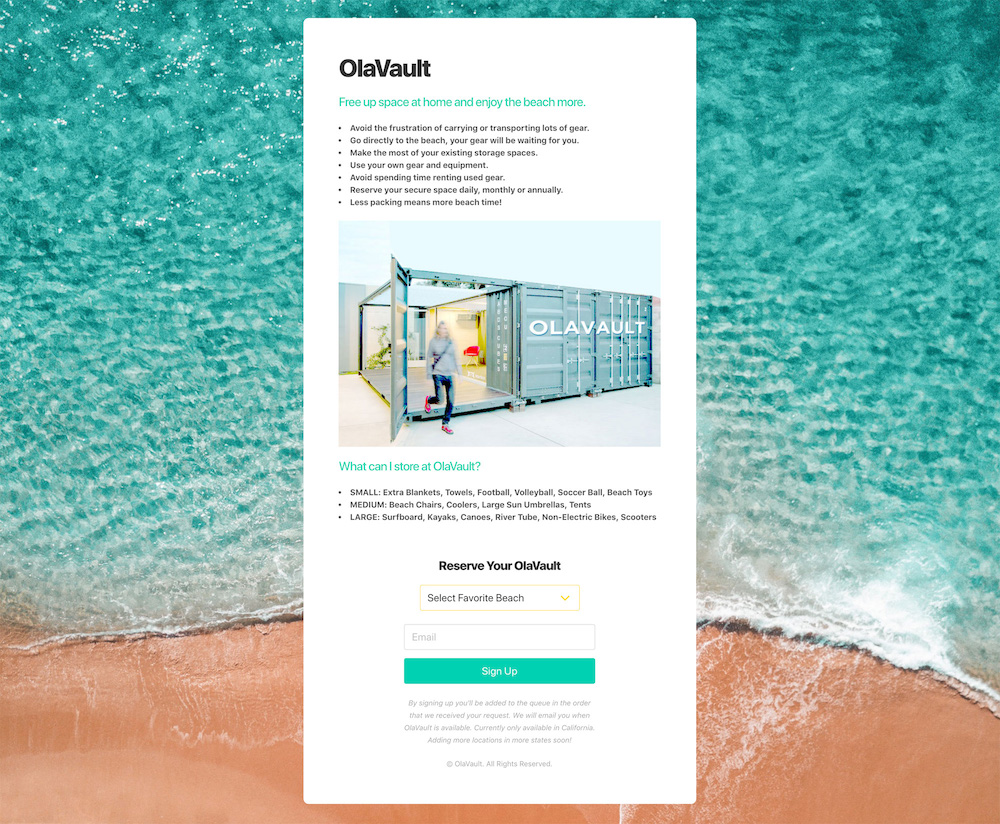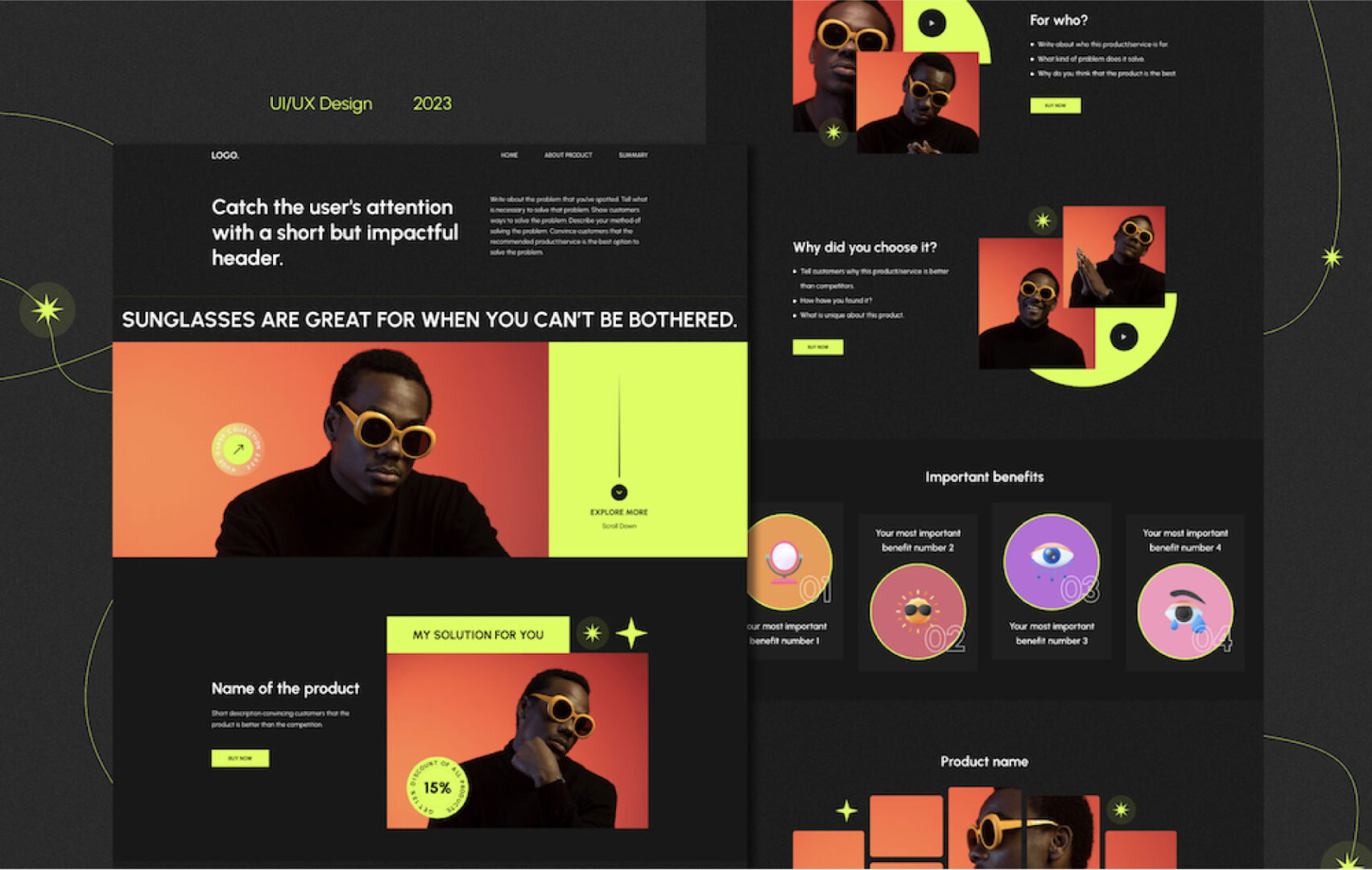What is Minimum Viable Product
A Minimum Viable Product (MVP) is the most basic version of a product with enough features to satisfy initial users. It’s designed to validate assumptions and gather feedback for further product development.
The Strategic Power of Minimum Viable Products (MVPs)
In the fast-paced landscape of product development, the concept of a Minimum Viable Product (MVP) stands as a beacon of efficiency and innovation. Born out of the lean startup methodology, an MVP is a scaled-down version of a product that incorporates only its essential features. Join us as we delve into the world of MVPs, exploring their strategic significance, sample use cases, and real-world case studies that exemplify their transformative impact on bringing ideas to life.
The Essence of Efficient Innovation
What is a Minimum Viable Product (MVP)? A Minimum Viable Product is the most streamlined version of a product that encompasses its core functionalities. The primary objective of an MVP is to quickly bring a product to market with the minimum features required to address user needs and gather valuable feedback for future iterations. This lean approach enables organizations to test hypotheses, validate assumptions, and refine their products based on real-world user experiences.
The Significance of MVPs
Rapid Iteration: MVPs facilitate rapid iteration cycles, allowing teams to quickly test and adapt their product based on user feedback. This iterative process is instrumental in refining the product to meet evolving user expectations.
Cost Efficiency: By focusing on the core features that provide the most value, MVPs minimize development costs. This cost-effective approach enables organizations to allocate resources strategically and invest in areas that prove most impactful.
User-Centric Development: MVPs emphasize user feedback and engagement from the early stages. By releasing a basic version to a select user group, organizations gain insights into user preferences, pain points, and desires, shaping the product in alignment with actual user needs.
Faster Time to Market: The streamlined nature of MVP development accelerates the time it takes to bring a product to market. This speed-to-market advantage is crucial in competitive landscapes where being first can be a significant market differentiator.
Sample Use Cases: Navigating Product Development with Precision
Mobile App Launch
- Objective: Launching a new social networking app.
- MVP Solution: An initial version with core features like user profiles, basic social interactions, and a simplified feed.
- Outcome: Early user adoption and feedback guided subsequent updates, leading to a more refined and feature-rich app.
E-commerce Platform
- Objective: Introducing an online marketplace for handmade crafts.
- MVP Solution: A basic website with essential features such as product listings, a shopping cart, and secure checkout.
- Outcome: Initial testing revealed user preferences and pain points, enabling the development team to prioritize improvements and additional features.
Health and Wellness App
- Objective: Creating a fitness tracking app.
- MVP Solution: A version with fundamental features like activity tracking, goal setting, and basic analytics.
- Outcome: User engagement data helped refine the app’s tracking algorithms and prioritize features that resonated most with users.
Project Management Software
- Objective: Launching a collaborative project management tool.
- MVP Solution: A version focused on core functionalities such as task assignment, progress tracking, and team communication.
- Outcome: Early user feedback guided the addition of advanced features and integrations, aligning the tool with user needs.
Case Studies: MVPs in Action
Dropbox
- Challenge: Dropbox sought to validate the demand for a file-sharing and cloud storage service.
- MVP Solution: Dropbox released a basic file-sharing prototype that allowed users to store and share files in the cloud.
- Result: The positive response from early users validated the market need, and Dropbox evolved into a global file-sharing platform with millions of users.
Zappos
- Challenge: Zappos aimed to test the online shoe retail market.
- MVP Solution: The founder, Nick Swinmurn, initially set up a basic website with photos of shoes from local stores.
- Result: Customer orders were fulfilled by purchasing the shoes at retail prices, proving the demand for online shoe shopping. Zappos grew into a billion-dollar e-commerce giant.
- Challenge: Twitter wanted to create a platform for microblogging and real-time updates.
- MVP Solution: Twitter started as a simple SMS service for sharing short updates among a small group.
- Result: User engagement and feedback guided the development of additional features, turning Twitter into a global social media platform with millions of active users.
Maximizing the Impact of MVPs
While MVPs offer a streamlined approach to product development, addressing challenges is crucial for maximizing their impact:
Clear Definition of Core Features: Identifying the essential features is critical to the success of an MVP. Clear criteria for what constitutes the minimum viable product prevent scope creep and maintain focus.
Effective User Feedback: Gathering meaningful feedback requires a thoughtful approach. Designing user tests, surveys, and feedback mechanisms ensures that the insights gained are actionable and contribute to product improvement.
Balancing Speed with Quality: While speed is a key advantage, maintaining product quality is paramount. Balancing the need for rapid development with a commitment to delivering a reliable and user-friendly experience is essential.
Continuous Iteration: The success of an MVP lies in its ability to evolve. Organizations must be ready to iterate continuously based on user feedback, market dynamics, and emerging trends to stay competitive.
Pioneering Innovation with Strategic Simplicity
In the dynamic landscape of innovation, the strategic simplicity of Minimum Viable Products emerges as a catalyst for change. Through sample use cases and case studies, we’ve witnessed the transformative impact of MVPs—from reshaping file-sharing with Dropbox to revolutionizing online shoe retail with Zappos.
As organizations navigate the complexities of product development, the essence of an MVP becomes a guiding principle—an approach that values agility, user-centricity, and rapid adaptation. In the journey from idea to fully-fledged product, MVPs stand as pioneers, embracing the art of strategic simplicity to unleash innovation, capture market insights, and pave the way for products that resonate with the ever-evolving needs of users.
Process Overview
Core Features
Includes essential functionalities for initial user testing.
Rapid Development
Quickly develops a functional version of the product.
User Feedback
Gathers feedback to guide further product iterations.

Importance
Validation
Validates assumptions and ideas with real user interactions.
Cost Efficiency
Minimizes resources by focusing on core features initially.
Iterative Development
Forms the basis for iterative improvements based on feedback.

Your Business Benefits
Early Validation
Validates market demand and user needs before full development.
Cost Reduction
Reduces the risk of investing in unnecessary or unwanted features.
Quick Time-to-Market
Gets a product to market faster for initial feedback.
Your Business Strategies
Clear Objectives
Identify core features essential for initial user testing.
User-Centric Approach
Gather user feedback to guide subsequent developments.
Iterative Improvements
Use feedback to iteratively enhance the product.

